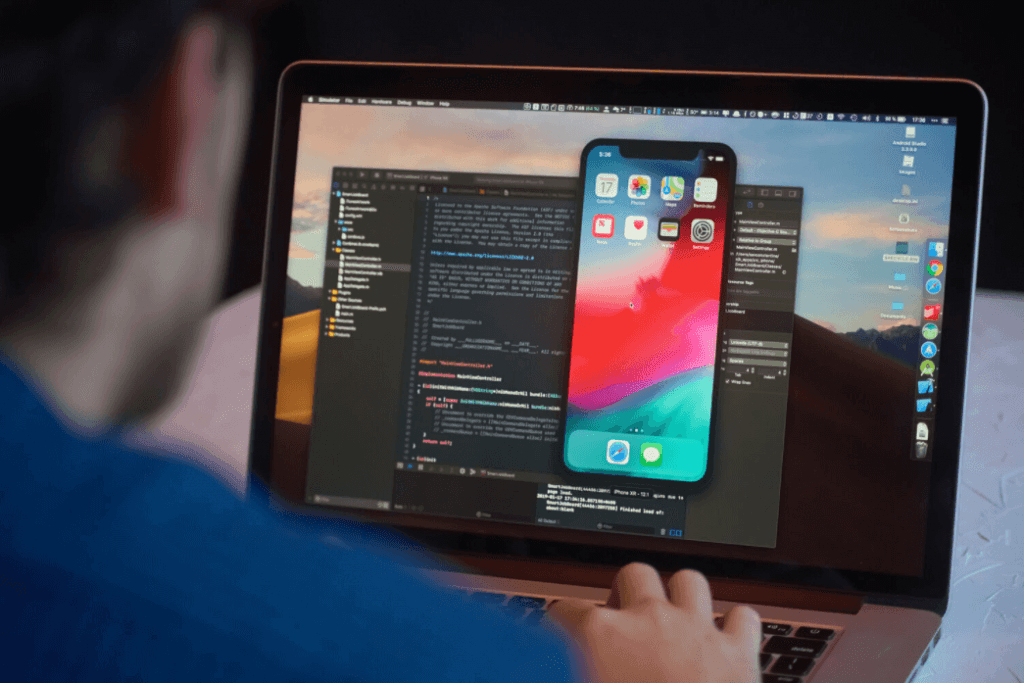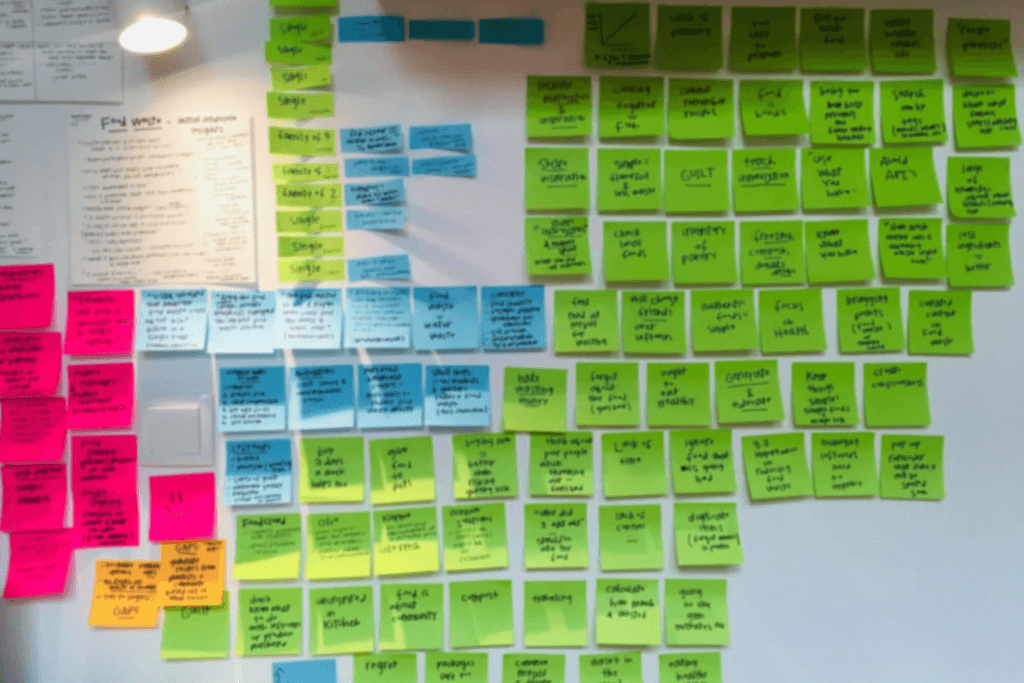A Step-By-Step Guide to User Shadowing for UX User Research
UI/UX Design
User Research

User shadowing is an ethnographic research method that puts the users’ interaction front and centre. User Shadowing (or User Observation) is not a new concept, but it has taken on a new lease of life as a research method within the realms of User Experience (UX) and design thinking. It has the potential to gather critical evidence for user researchers to apply to creating new products or improving existing ones.
User Shadowing as a Qualitative Research Method
User shadowing requires you to observe your subject while interacting with a product or service that you are investigating for user research purposes. User Shadowing is, without doubt, a qualitative research method. Its purpose is to collect rich contextual data (usually written or verbal) that underpin a user problem that answers ‘the what’ and ‘the why’ of your research through real-life experiences.
By observing ‘face-to-face’ how your user interacts with a product, you can uncover many unique insights that you wouldn’t have otherwise found. User shadowing is great at showing us different feelings experienced by a user such as:
Their frustrations.
What they find satisfying.
Certain Positive and negative reactions.
Behaviours. E.g. How they navigate a website.
Attitudes. E.g. How they react to certain design features.
As with any qualitative method, user shadowing only requires a small sample size ~5. Be sure to carefully select who you shadow and ensure they are or would-be users of your product. With qualitative research methods, be sure to acknowledge that the opinions of a small sample may not be representative. To confirm the validity of your findings you can use a mixed-method approach, using a quantitative method such as a survey or analytics.
Semi-Structured vs. Unstructured User Shadowing
Your approach to user shadowing may vary depending on how you would like your user to behave and what type of data you want to collect.
Semi-Structured: Taking a semi-structured approach means you have some bearing on the activities undertaken. For example, you can indicate to the subject before the shadowing start what you would like them to do. Of course, it may be an unnatural flow for the user, but it zooms in on specific behaviours needed to be discovered in the research.
Unstructured: Using an unstructured approach however gives full control to the user. By doing this you will see how a user interacts with a product, unhindered by any external factors.
The User Shadowing Process: Step-by-Step
Step 1: Prepare
As with any research activity, good preparation is crucial to success. Don’t go in blind to your user shadowing session and make sure you do preparatory reading and planning. For example, browse the product you are using yourself or read the product personas.
Next, formulate a plan. Make sure you have written objectives and hypotheses. Taking this step will help you to collect more specific data during the process and help you structure what you find. In the end, this will make synthesising and analysis far easier.
Finally, break the ice with your ‘shadowees’. Conduct a small interview with them or have an informal conversation to find a pulse on the situation. Here you can introduce yourself, who you represent and what you are doing shadowing them. An introduction can put them at ease and improve your outcomes. You may also want to set some ground rules. For example, you could say:
‘Just to let you know, I cannot interact with you during the shadowing session, so pretend I’m not here.’
Step 2: Conduct
Conducting the experiment may seem like the most straightforward part, but blink and you can miss something. Make sure you are prepared by having note-taking materials.
You may want to record the shadowing session to re-examine afterwards, but this is by no means necessary. However, if you do use a recording device, don’t collect hours of footage which will only slow synthesis and analysis down.
On the topic of time, how long should a shadowing session last?
The answer depends on the nature of your objectives. User research can be done in a singular session or last for a series of days or weeks. However, do not make the individual session last more the 30-45 minutes otherwise the shadowees may start to fatigue.
Most importantly, pay attention to your subject! Be attentive and actively listen to collect quality and significant data. Don’t interrupt and write down any follow-up questions for the end.
Step 3: Analyse

Collect all your materials and synthesis the data into a clear and concise document. Boil it down to extrapolate the most important behaviours recorded. Ask the following questions to uncover more insights:
What surprises you?
What are users actually doing? As opposed to what you expected.
What was difficult to use/interact with?
Did the user interact correctly/how they were intended to?
Did their behaviours correspond to what they said prior to/after the shadowing session?
N.B. Be careful not to imbue the results with your personal bias as this will undermine the entire activity.
Write up what you find in a concise document, correlating all of the data. You can then use this to make suggestions for further quantitative/qualitative research or to make immediate changes to the product or service.
Advantages of User Shadowing as a Research Method
It allows for the collection of real-time data.
You can access a first-hand point of view of your main users.
It is a user-centre research activity that firmly emphasises the user. It also makes it easier to empathise with a user, which is a critical stage in design thinking.
It is a cost-effective way to gather actionable user data, requiring very little budget.

Got an idea? Let us know.
Discover how Komodo Digital can turn your concept into reality. Contact us today to explore the possibilities and unleash the potential of your idea.

Sign up to our newsletter
Be the first to hear about our events, industry insights and what’s going on at Komodo. We promise we’ll respect your inbox and only send you stuff we’d actually read ourselves.






